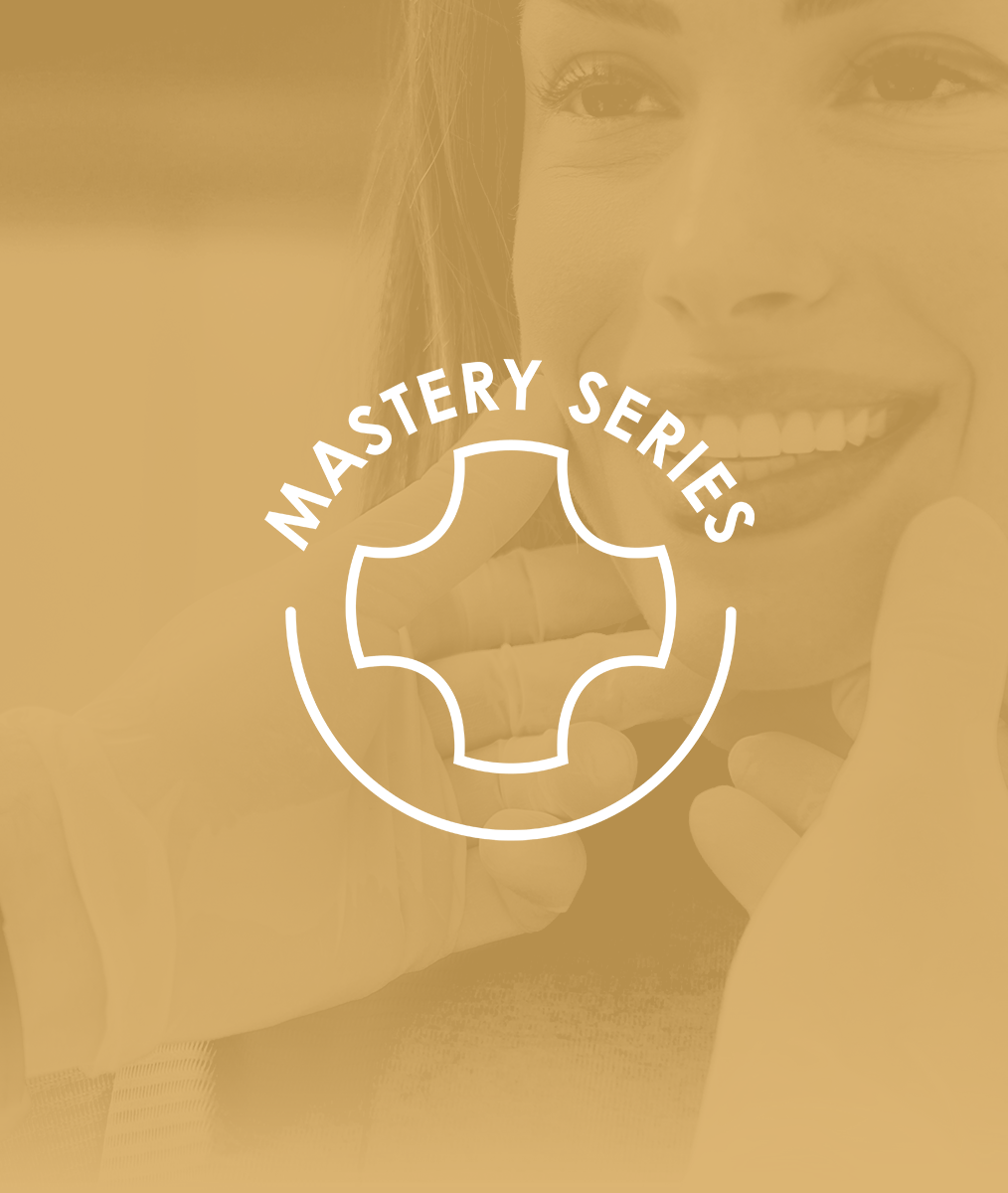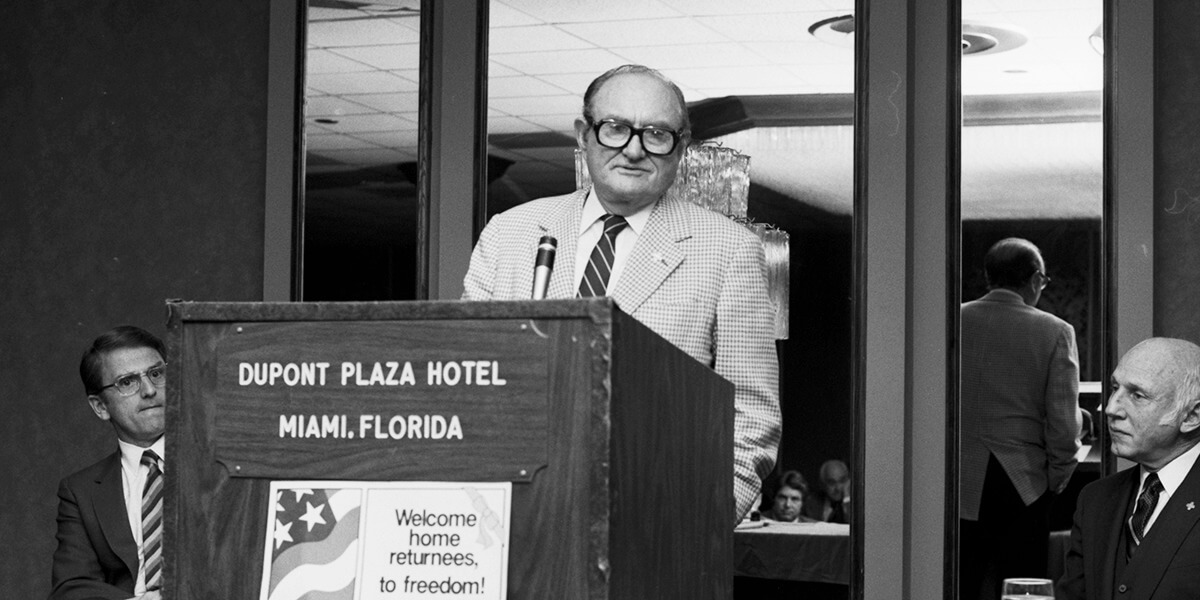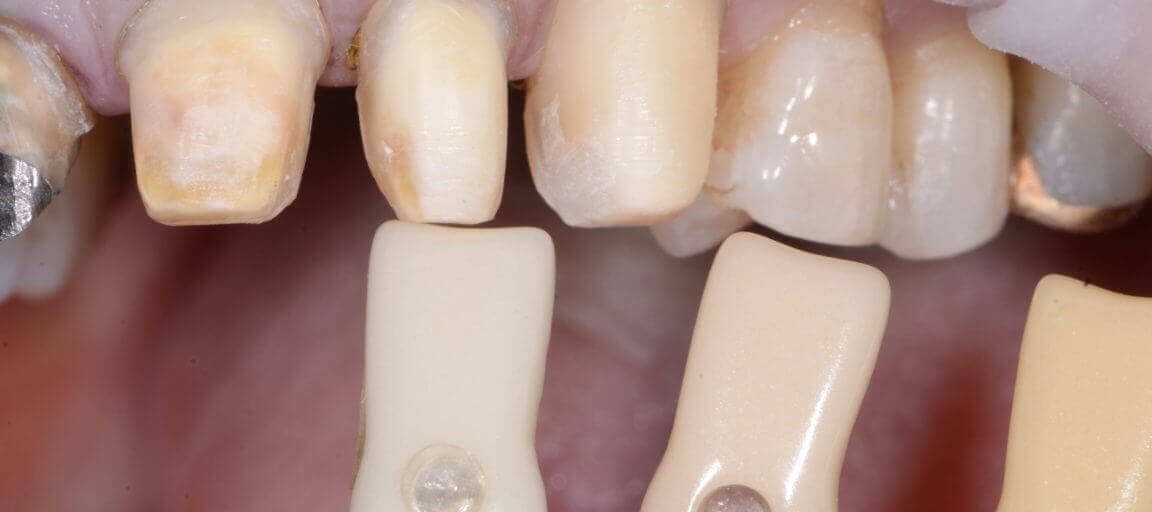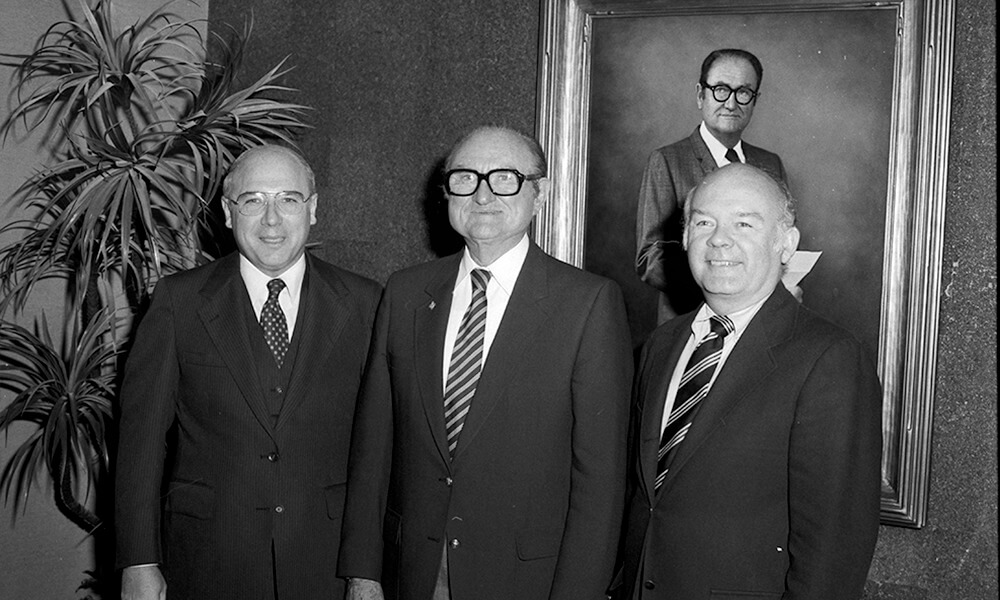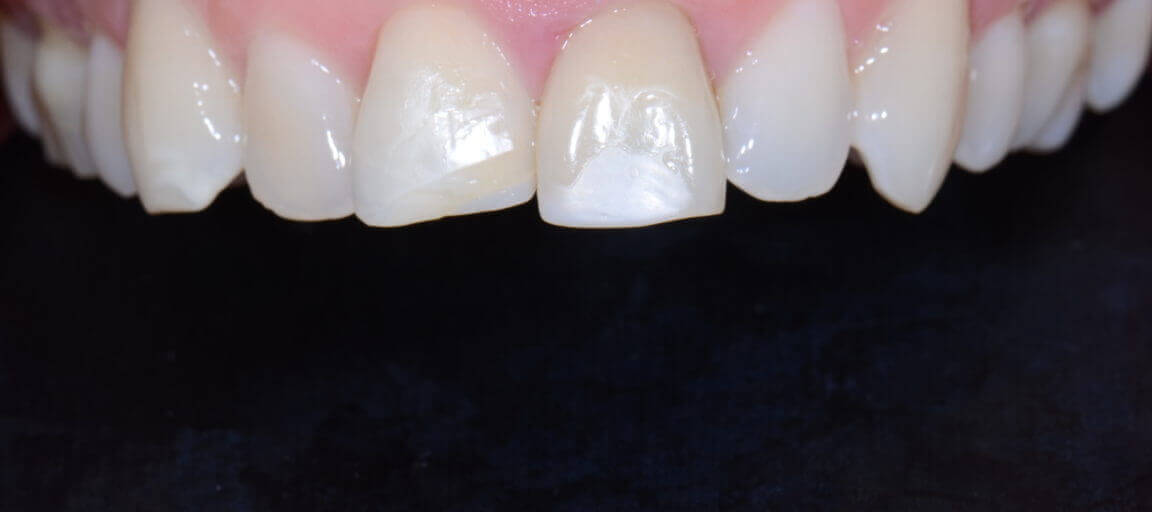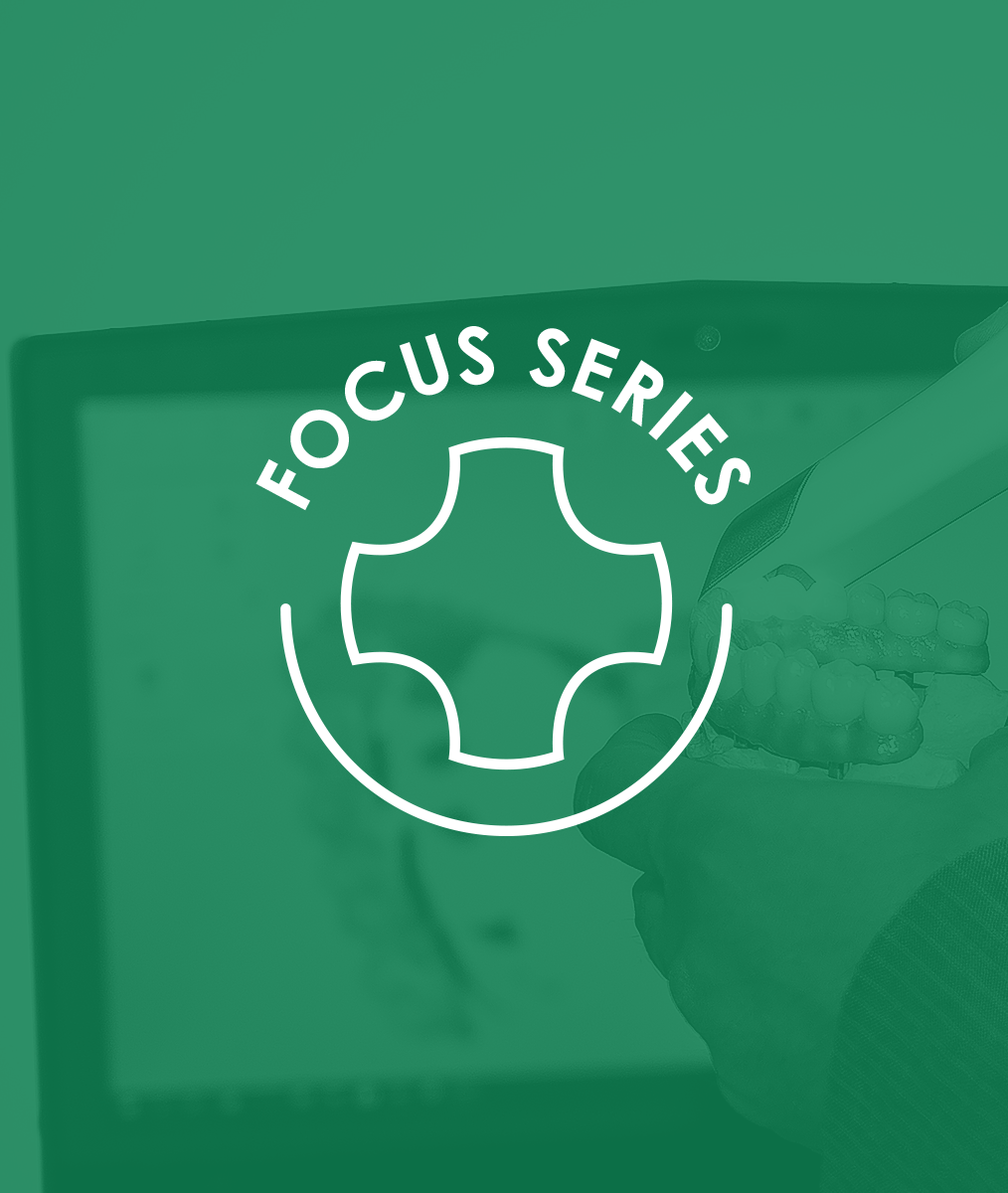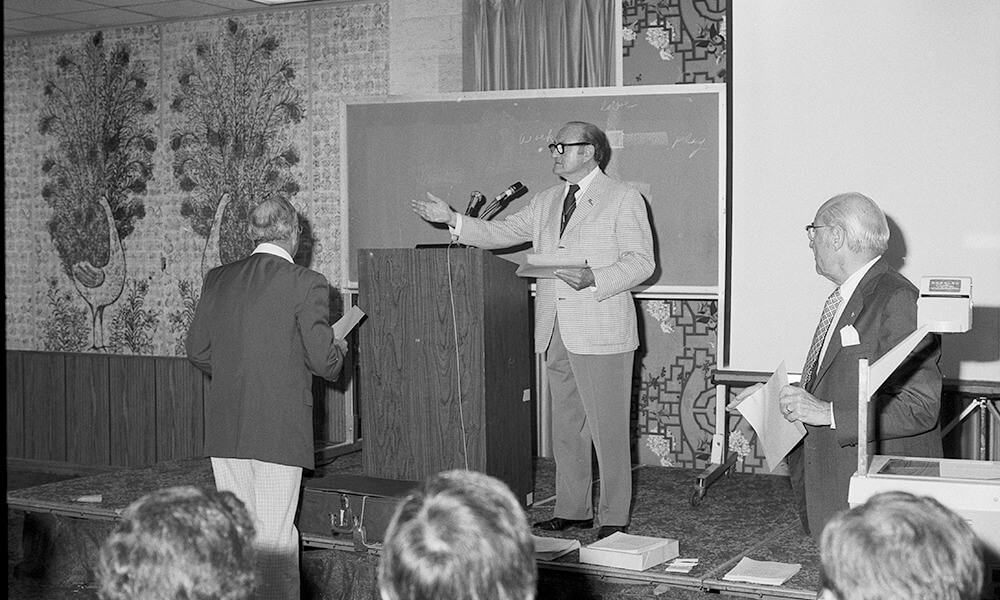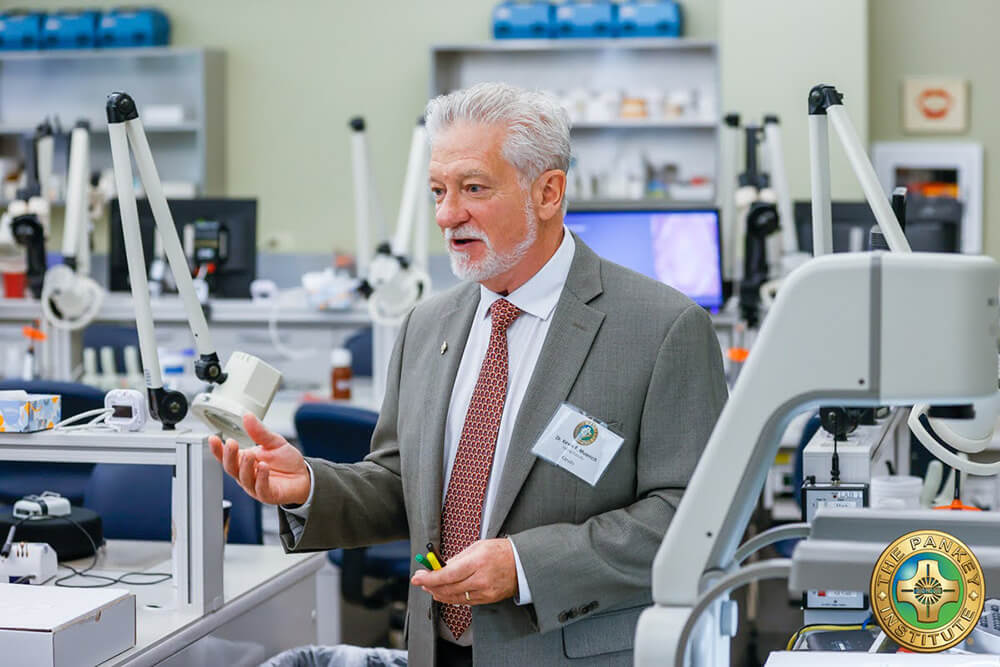7 Simple Steps to Successfully Initiate Change with Your Team
Change can be difficult even when it has benefits for everyone.
Some people are simply averse to any kind of change. As a result, we may encounter pushback from staff while attempting to initiate changes in protocols, practice policies, or practice systems. Anticipating and preparing for potential negative feedback is the best way to defuse staff concerns and smooth the way for needed change.
There are two prerequisites to navigating change successfully. First, the staff must believe that we have their best interest in mind. This is a matter of trust that is developed over time. Secondly, the staff must feel safe in offering unfiltered feedback before and during the change initiative. As the leaders of our practice, we are responsible for creating a practice environment that makes both of these essential prerequisites possible.
The following suggestions will prove helpful in developing a change strategy.
1. Be prepared.
Before introducing any change initiative, we must have clarity regarding the necessity and advantages of the proposed change. Painting a clear picture for the staff that includes the specifics and anticipated benefits is an essential first step. Anticipating the staff’s concerns and potential questions as well as our response will help in creating a smooth presentation. Set the expectations for how everyone might feel throughout the different stages of the transition, for example: resistance, frustration, skepticism, excitement, relief, and high energy.
2. Seek early adopter support.
Identify those people that are likely to support your ideas and seek their help in moving a change initiative forward. Most likely, these will be the leaders of the clinical and administrative staff. Collaborate with them in creating the best possible change model. By allowing them to contribute their input, they are much more likely to buy into the concept.
3. Present the change Initiative with humility and transparency.
“My way or the highway!” is the worst possible way to present any significant change. We gain acceptance by being as transparent as possible and patiently addressing staff questions and concerns. Seek collaboration and request input. Be more coach-like by using open-ended questions to draw out their underlying concerns, for example, “What concerns you about this?” and “What would need to happen for you to feel better about this change?”
4. Ask for their help.
There is something about asking for help that creates buy-in. Let your team know that you cannot achieve the desired result without their help. If the intended change is experimental in nature, let the staff know that it is reversible if the desired results are not achieved. Ask them how they think that they can positively contribute and re-affirm how important their role is in the process.
5. Consider scheduling more frequent staff meetings during periods of change.
Depending on the nature of the anticipated change, more frequent staff meetings may be necessary to address concerns and problems that may arise. For example, changing practice computer software seems to be problematic and frustrating for both clinical and administrative staff. Allowing more time to address the technical issues and frustrations of the staff has proven to the most effective means of addressing both issues.
6. Check in frequently with the staff:
Although checking in with our staff should be a common practice, it is most beneficial during periods of change. Simple questions like “How is it going?” or “What do you need from me now?” are a quick and simple way of letting your staff know that you recognize and appreciate their efforts in making the change a reality.
7. Celebrate the staff’s accomplishment:
Whenever the change is fully implemented there should be time for celebration. Consider doing something special for the team as a means of recognition for a job well done. An appropriate bonus and/or a special event away from the office are ways of expressing gratitude. Never pass up celebrating a team’s successful effort in achieving change.
Related Course
Mastering Aesthetic Restorative Dentistry
DATE: November 20 2025 @ 8:00 am - November 23 2025 @ 12:00 pmLocation: The Pankey Institute
CE HOURS: 32
Dentist Tuition: $ 6300
Single Occupancy with Ensuite Private Bath (per night): $ 345
THIS COURSE IS SOLD OUT! Aesthetic dentistry is where artistic form meets functional restorative dentistry. Where patients, clinicians, specialists and laboratory technicians communicate with each other in an effective way…
Learn More>






